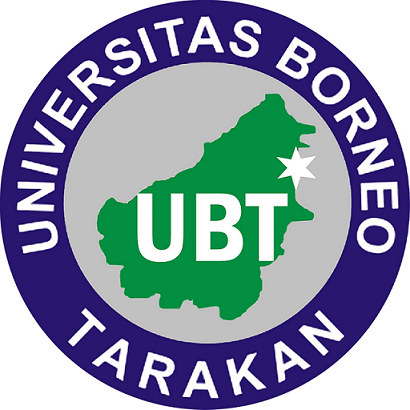BERITA BOHONG (HOAKS) PADA MEDIA SOSIAL DALAM PERSPEKTIF PERUNDANG-UNDANGAN DI INDONESIA
Abstract
Abstract
Â
This research is motivated by the rise of hoaxes every time before the Presidential Election (Pilpres) in Indonesia. Later hoaxes are increasingly massive and have entered all lines of life, so it is very difficult to determine which news is good and where lies. For this reason, it is necessary to clarify the formulation of juridical regulations, regarding hoax aspects that can be held accountable.This research then sets two goals, namely: First, to analyze and explain a number of laws and regulations relating to hoaxes; Second, to analyze and explain the hoax criteria contained in social media.This research method uses a type of normative legal research, with three approaches as the basis of its analysis, namely: Approach to legislation, namely to conduct an analysis of legislation about hoaxes, with a review of relevant product laws.
Conceptual approach, through this approach, researchers study views and doctrines in law, then find ideas that give birth to legal notions, legal concepts and legal principles relevant to hoaxes. As well as the case approach, namely by examining cases relating to the issues faced which have become court decisions and have permanent legal force.The results showed that hoax qualifications that could be liable by referring to Law Number 1 Year 1946 concerning Criminal Law Regulations, Article 14 and 15 and Law Number 19 Year 2016 concerning amendments to Law Number 11 Year 2008 concerning Electronic Information and Transactions (ITE) article 28 paragraph (1). In Law No. 1 of 1946 the perpetrators can be charged if they have fulfilled the element intentionally or have the intention to cause trouble and the person must at least have the presumption that the news is false news.Â
Whereas in Act No. 19 of 2016 the culprit can be snared if everyone intentionally means that they have bad intentions and without the right to spread false and misleading news, which means making other people astray which results in consumer losses in electronic transactions. Deliberately, making a misguided and making consumer losses is a requirement that must be fulfilled. So that in article 45 A paragraph 1, the culprit can be sentenced to six years imprisonment and a fine of Rp1 billion.Researcher's recommendation, It is recommended that the action qualifications spread hoaxes on social media that accountability can be requested in a more specific law, namely social media law. This is to anticipate the development of social media going forward.
Â
Keywords: News, Hoax News, Social Media, and ITE Law
Â
Keywords
Full Text:
PDFDOI: https://doi.org/10.35334/ay.v4i1.1022
Refbacks
- There are currently no refbacks.
Copyright (c) 2019 JURNAL AKTA YUDISIA
INDEKS:
 Â Â
  
 Â Â
    Â
   Â
 


 | JURNAL AKTA YUDISIA |
Ciptaan disebarluaskan di bawah Lisensi Creative Commons Atribusi-NonKomersial 4.0 Internasional.







